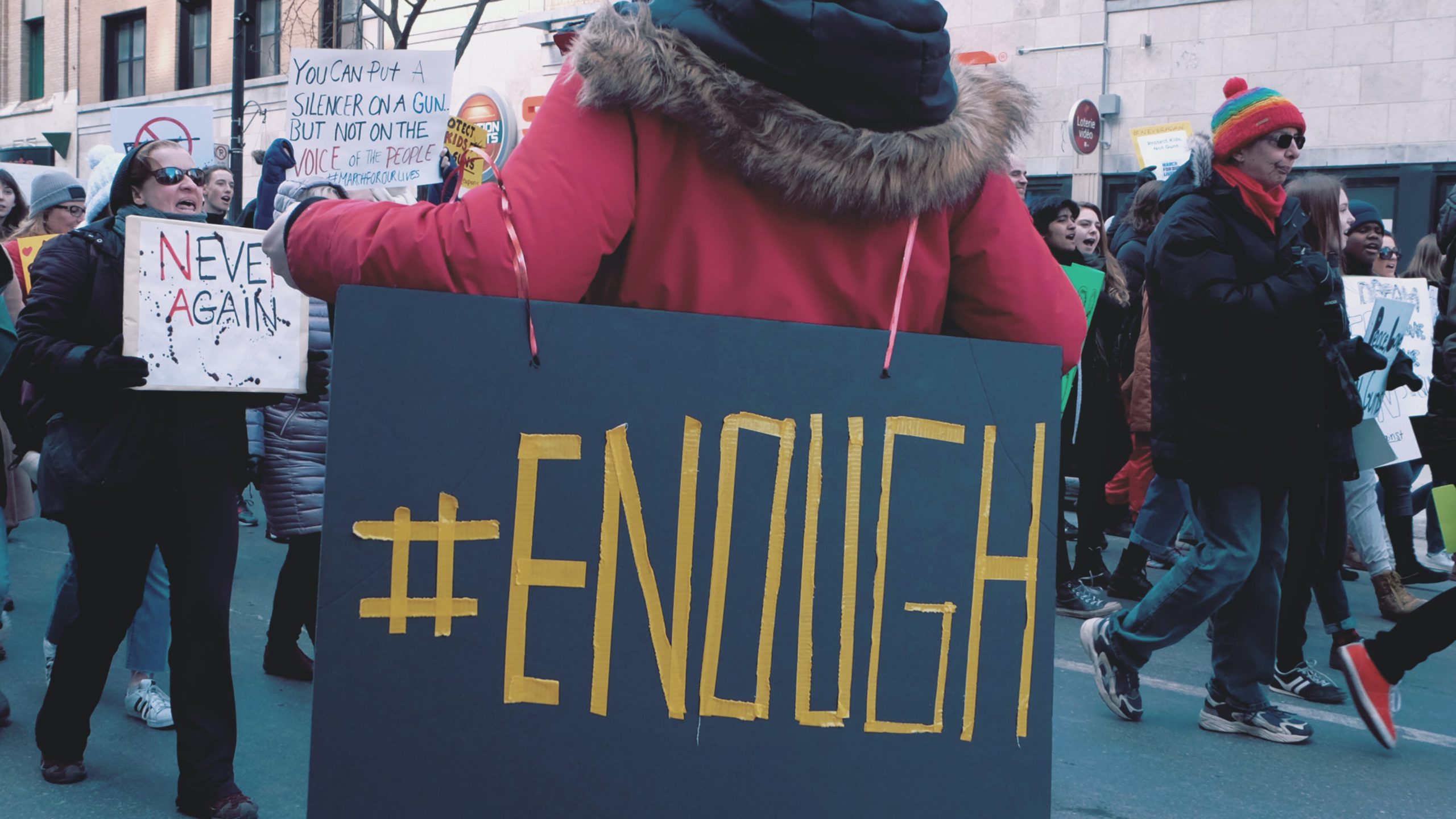Toronto continues to see an increase in municipal gun violence, with, as of the month of October, Toronto Police Services reporting about 13 per cent of all incidents not involving police have resulted in homicide, according to their 2022 Shootings and Firearm Discharges safety data portal. While the city has already seen over 300 incidents this year, this number reflects about the same level of activity since 2018 (with the exception of 2020’s dramatic increase) and is expected to surpass last year’s total.
Louis March of the Zero Gun Violence Movement (ZGVM), a group dedicated to ending gun violence in Toronto, identifies how Canada’s federal, provincial, and municipal governments each contribute to the city’s struggle to reduce and prevent instances of gun violence.
“The federal government’s contribution to the gun problem is their inability to secure borders against gun smuggling… Access to guns has increased dramatically. Doug Ford, the provincial leader of Ontario, has made it clear from day one that he is about putting more police boots on the ground to solve the issues — find them, arrest them, and lock them up. Again, not dealing with the root causes of gun violence. So when he makes an announcement about funding to do with gun violence, it’s normally going to the policing sector, [despite the police advocating] for partnerships with the community and with service providers. Talking about the municipal government is talking about the root causes — poverty, and underdevelopment and underinvestment in certain communities in our city.”
Marcel Wilson of the One by One Movement (OOM) addresses how young people are affected by cyberbullying over social media and how that can often transition into “real life violence.”
“I’m a former gang member myself and compared to my day, we didn’t have that kind of access to each other. If we were going to get into problems, we’d have to see each other, or bump into each other, or run into one another on the street. Whereas now, you can have a full blown war started between two neighborhoods, gangs, or individuals through an online platform.”
March and Wilson both point out that governmental control and regulation has been too slow in implementing any effective change in addressing Toronto’s and Canada’s gun violence issues. March further attested that “the [federal] government’s focus on banning handguns from registered carriers distracts from the real problem — illegal, non-registered firearms.”
Wilson echoed these sentiments, further addressing both short-term and long term solutions. “The short-term [solution] would be acute focus on getting illegal firearms off the street and securing our borders. For the long term, we’re seeing government bodies out there are all operating in silence — for years there have been talks of a multilateral approach to tackling this issue. Well, that actually needs to be implemented. People have been doing a lot of talking as far as identifying what the problem is — we know what the root cause factors are now that lead to violence: poverty mental health, access to weapons, etc., but nobody is coming to the table with action items, tangibles, or structures to fix these things.”
OOM has recently proposed a National Violence Reduction Strategy to Prime Minister Justin Trudeau and Public Safety Canada addressing these concerns.
In a similar vein, March hopes that more initiatives and investments will be put in place in order to close the socioeconomic gaps in education, as well as Toronto’s smaller communities in general. He also pointed out recent shifts in the city’s policing strategy, highlighting partnerships with programs such as SafeTO and TO Wards Peace.
March further spoke about the discrepancy in communities, stating that many are “programmed to death, but aren’t reaching the right population. The issue is quantity of programs versus quality of programs. Most people involved in criminal activity will not go to a nine to five job. That’s why they go for the hustle — because they lack the discipline, the education, or training to be put into an environment where discipline and structure is required.”
Advocacy and engagement are two factors March feels will make a legitimate difference in the city.
“Gun violence culture is changing from year to year — the gun culture ten or fifteen years ago is not the same as it is today. It should be concerning because younger people are more involved: they are influenced by social media, access to guns, and the brazenness of the shootings are different from ten or fifteen years ago.
“We can’t use the solutions of yesterday to solve the problems of today. The longer we take, the more difficult it will become. People should not be surprised when gun violence continues on a regular basis.”


